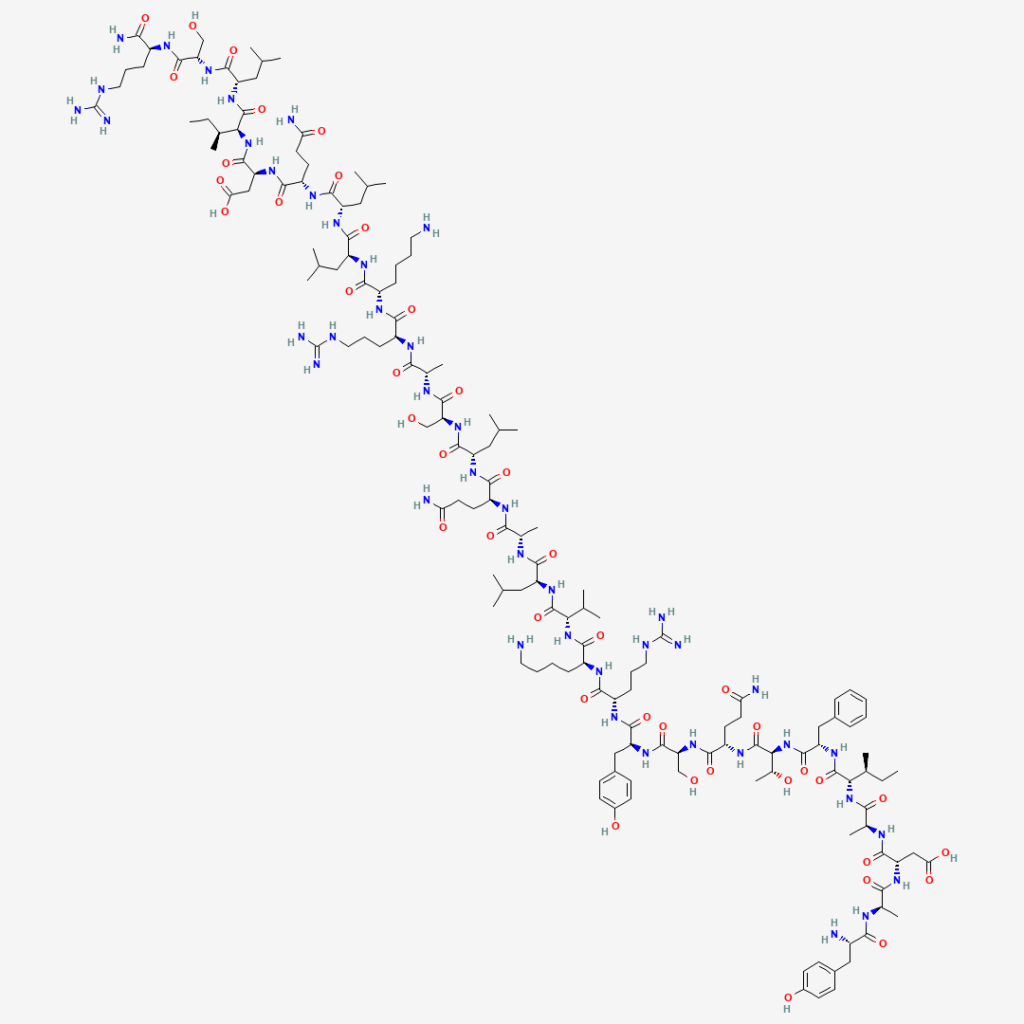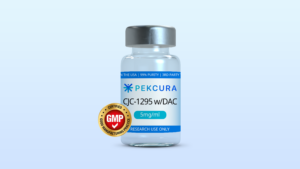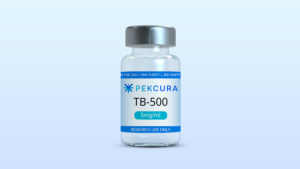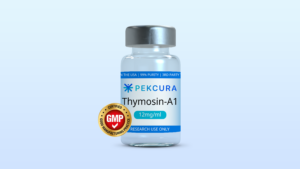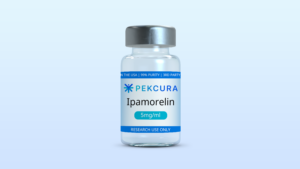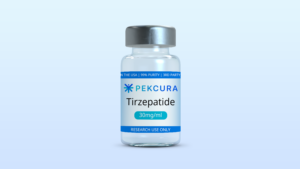What is CJC 1295 w DAC?
CJC-1295 with Drug Affinity Complex (DAC) is a synthetic, long-acting analog of growth hormone-releasing hormone (GHRH), engineered to enhance the duration of endogenous growth hormone (GH) stimulation by improving peptide stability and pharmacokinetics. This analog incorporates a tetrasubstituted GHRH(1–29) core linked via lysine to maleimidopropionic acid (MPA), enabling covalent binding to serum albumin at cysteine-34, thereby extending its biological half-life substantially compared to native GHRH (Teichman et al. 2006).
In preclinical models, including GHRH-knockout (KO) mice, CJC-1295 demonstrated robust pharmacodynamic activity. Daily administration led to normalization of body weight, length, and lean mass, indicating its capacity to restore somatotroph function. Dose-interval studies revealed a frequency-dependent effect: while daily dosing fully normalized growth parameters, less frequent dosing maintained partial efficacy. These outcomes were supported by increased pituitary GH mRNA and protein expression, as well as expansion of GH-positive somatotroph populations visualized via immunohistochemistry (Abla et al. 2006).
In clinical investigations, single or repeated subcutaneous administration of CJC-1295 in healthy subjects resulted in sustained, dose-dependent elevations in circulating GH (2–10 fold) for up to 6 days and insulin-like growth factor-I (IGF-I) (1.5–3 fold) for 9–11 days, with plasma IGF-I remaining elevated for up to 28 days following repeated dosing. The compound displayed a half-life of approximately 5.8 to 8.1 days, and no serious adverse effects were noted across dosing regimens (Teichman et al. 2006).
Proteomic analysis of serum from treated individuals indicated molecular changes consistent with GH/IGF-I axis activation. Significant alterations were observed in isoforms of apolipoprotein A1 and transthyretin, which were downregulated after treatment, and albumin and immunoglobulin fragments, which were upregulated after treatment. Notably, one albumin/immunoglobulin fragment showed a significant linear correlation with IGF-I levels, highlighting potential biomarker applications for monitoring GH axis modulation (Sackmann-Sala et al. 2009).
References
Abla, M., Fintini, D., Sagazio, A., Lawrence, B., Castaigne, J. P., Frohman, L. A., & Salvatori, R. (2006). Once-daily administration of CJC-1295, a long-acting growth hormone-releasing hormone (GHRH) analog, normalizes growth in the GHRH knockout mouse. American Journal of Physiology-Endocrinology and Metabolism, 291(6), E1290–E1294. https://doi.org/10.1152/ajpendo.00201.2006
Sackmann-Sala, L., Ding, J., Frohman, L. A., & Kopchick, J. J. (2009). Activation of the GH/IGF 1 axis by CJC-1295, a long-acting GHRH analog, results in serum protein profile changes in
normal adult subjects. Growth Hormone & IGF Research, 19(6), 471–477. https://doi.org/10.1016/j.ghir.2009.03.001
Teichman, S. L., Neale, A., Lawrence, B., Gagnon, C., Castaigne, J. P., & Frohman, L. A. (2006). Prolonged stimulation of growth hormone (GH) and insulin-like growth factor I secretion by CJC-1295, a long-acting analog of GH-releasing hormone, in healthy adults. Journal of Clinical Endocrinology & Metabolism, 91(3), 799–805. https://doi.org/10.1210/jc.2005-1536


